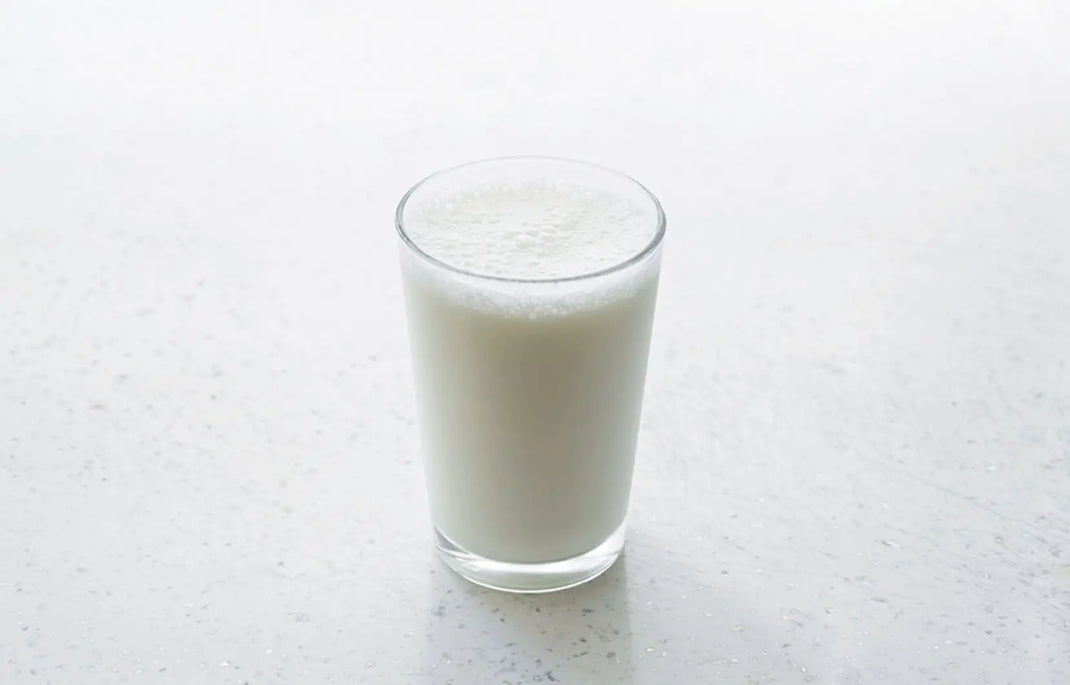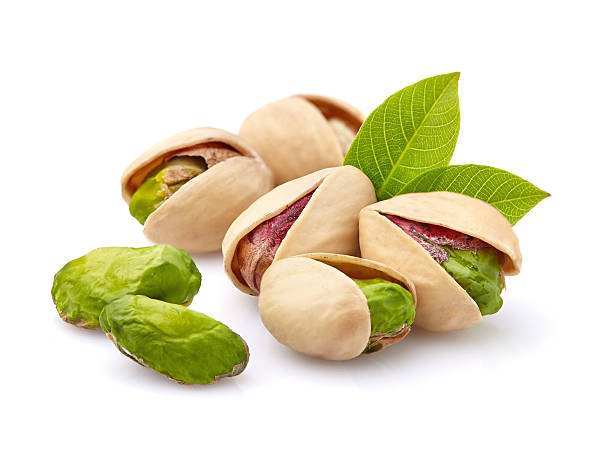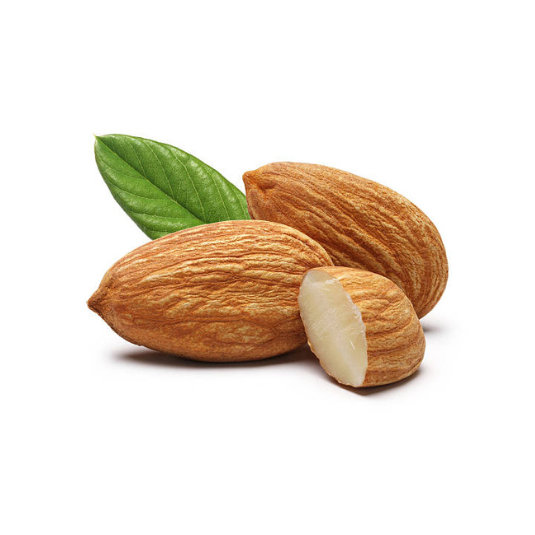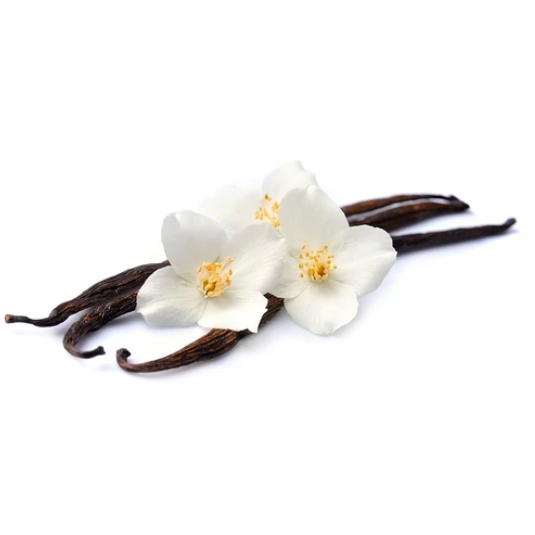Bon Parfumeur praline perfumes
Rediscover the scent of our childhood pleasures in our 501 perfume! Hazelnut sets the tone, then in the heart, praline and licorice form a bubble of sweetness. Powdery iris transitions to musky notes. A deliciously addictive fragrance with a strong trail of patchouli!
01. Praline appellation and etymology
02. Praline history
03. Praline fragrance recreated through synthetic molecules
04. Treatment and transformation of synthetic praline
05. Praline uses
06. Well-known praline perfumes
Praline appellation and etymology
The term "praline" originates from the town of Pralognan-la-Vanoise, located in the French Alps. It was in this mountainous region that pralines originated in the 17th century. Originally, pralines were almonds coated in cooked sugar, but over time, the recipes evolved to include different types of nuts, seeds, and chocolate. In perfumery, praline is used to create sweet and gourmand scents, often associated with notes of vanilla and caramel.
History of praline
Praline has been delighting palates for centuries, but its history predates its popularity as a confectionery. It is believed that pralines originated in Persia before crossing borders and captivating European palates. In France, the praline had its moment of glory in the 17th century in the Alps before being adapted in various forms and recipes.
Origin of praline
In perfumery, praline has only been used for a few decades to add a sweet and indulgent touch to certain fragrances. The use of praline in perfumes dates back to 1992 when Thierry Mugler launched his famous perfume, Angel. Since then, praline has become a highly appreciated olfactory note for its gourmand and comforting qualities. Today, many brands offer praline perfumes.
Praline scent recreated through accords
Unlike the natural ingredients commonly used in perfumery, there is no natural praline molecule. Perfumers must, therefore, use synthetic molecules to recreate this complex and unique scent. Synthetic molecules provide perfumers with a wide range of odors and consistent availability. Moreover, they allow for the exploration of new aromatic combinations and the creation of unique fragrances.
Treatment and transformation of praline accords
The synthetic molecules used to recreate the scent of praline are aldehydes, esters, and lactones. Aldehydes bring a note of cooked sugar, while lactones are responsible for the milky and creamy aspect. Esters contribute to the fruity note of praline. Finally, ethyl maltol, a raw material that combines the scents of caramel, praline, and strawberry. Together, these molecules allow the perfumer to recreate the sweet and comforting scent of praline for lovers of sweet fragrances.
Praline Aromatic Profile
The aromatic profile of praline is characterized by sweet, vanilla, and almond notes. Vanilla brings a milky sweetness and roundness to the fragrance, while almond notes provide a subtly bitter note and a creamy texture. Caramel and chocolate add gourmand and sweet notes, reminiscent of delicious pralines that can be savored.
The steps of manufacturing praline perfumes
The production of a perfume containing praline involves several steps. Firstly, perfumers select specific ingredients and chemical compounds to recreate the scent of praline. Once the ingredients are ready, these are meticulously blended and formulated to obtain the desired praline olfactory note. Quality controls are performed throughout the process to ensure the safety and quality of the final perfume. Each perfume house may have its own recipe and process, often keeping these details confidential.
Benefits and virtues of praline
Although praline is mainly associated with sweet pleasures, it also has benefits for our health. Almonds, one of the key ingredients in praline, are rich in unsaturated fatty acids, fiber, proteins, and vitamins. These nutrients are essential for maintaining a healthy heart and reducing the risk of diabetes. Additionally, vanilla, which is often used in combination with praline, is known for its antioxidant and anti-inflammatory properties. It can also help reduce stress and anxiety.
Praline uses
The different uses of praline
Praline is a versatile ingredient, often used in pastry and perfumery, and also in other fields. It is used in the production of ice creams, chocolates, as a topping for desserts, and as an ingredient in beverages such as coffees and cocktails. It can also serve as a decorative element in cuisine, adding a crunchy texture and a sweet taste.
Praline use in perfumery
Praline accord is used in perfumes for its warm, sweet, and sensual scent. This gourmand note is often combined with notes of vanilla, caramel, nuts, and chocolate. Praline-based perfumes are often considered soft and comforting, making them a popular choice for winter fragrances.
Praline olfactory accord
This warm and sweet note is often combined with notes of vanilla, caramel, nuts, and chocolate to create unique and complex perfumes. The olfactory accord with praline can be used as a heart or base note in a perfume, or simply as a subtle touch to add depth and complexity to an olfactory composition. Thus, the olfactory accord with praline is a popular choice for winter perfumes, offering a comforting and gourmand olfactory experience.
Well-known Praline Fragrances
Praline is a popular note in perfumery and is often combined with notes of vanilla, caramel, nuts, and chocolate to create unique and complex fragrances. Here are some examples of famous perfumes that contain the note of praline:
• Angel by Thierry Mugler: Launched in 1992, Angel is an amber perfume that contains notes of praline, vanilla, patchouli, and chocolate.
• Oud Bouquet by Lancôme: This woody oriental eau de parfum contains notes of oud, rose, and praline. Launched in 2014, the praline perfume is popular for its warm and sensual aroma that evokes memories of an exotic journey.
• Fève Délicieuse by Dior: This oriental and gourmand fragrance for men contains notes of praline, tonka bean, cocoa, and vanilla. Launched in 2015, it is popular for its warm and sweet aroma that evokes memories of decadent desserts and chocolate.
There are other famous praline perfumes such as La vie est belle by Lancôme and Valentina Blush by Valentino.


















